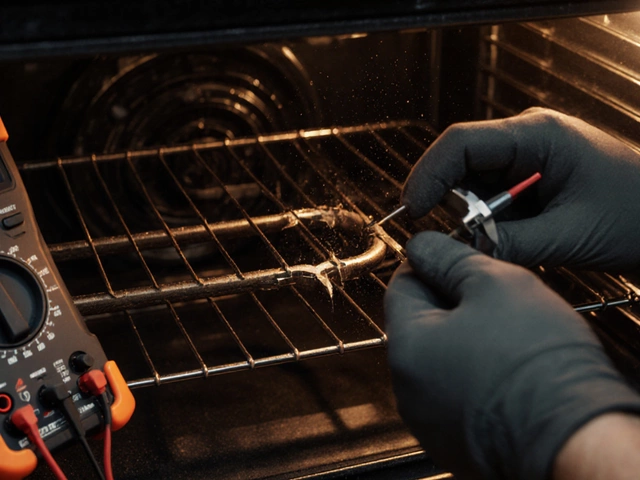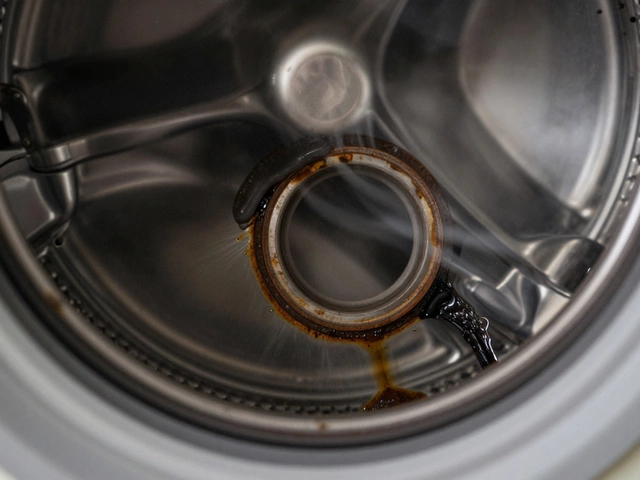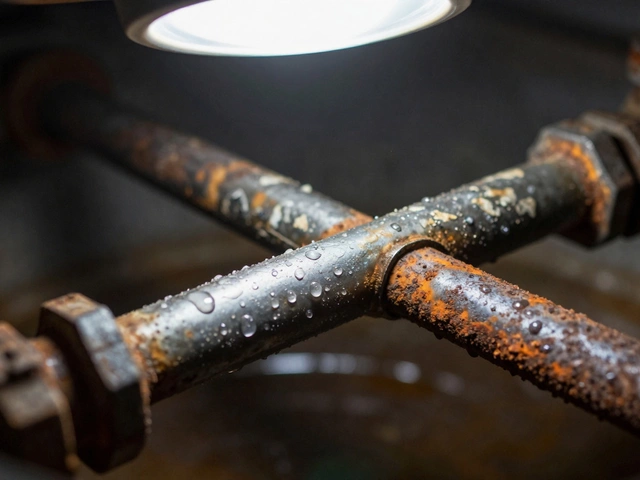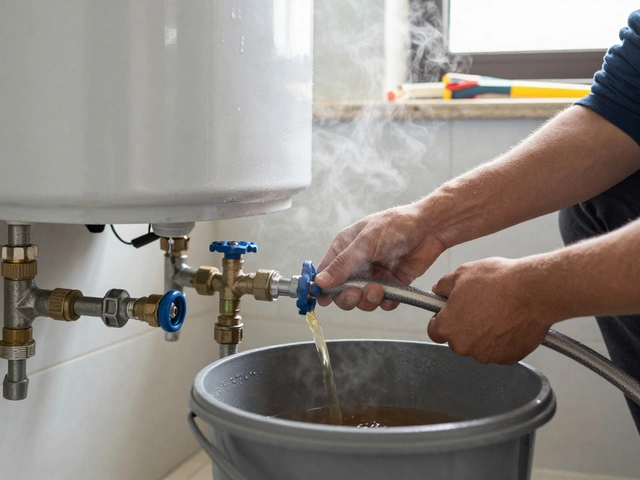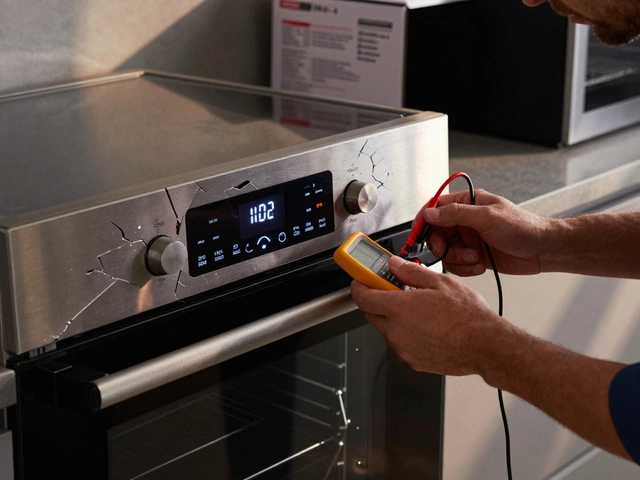Ever wondered if your trusty microwave will hang in there another year, or if it’s about to give up the ghost right before you reheat your next leftovers? People rarely plan for a microwave breakdown, but when that familiar whirring beast starts slowing down, sparking, or just gives up altogether, it suddenly becomes the most urgent appliance issue in the house. The truth is, microwaves don’t last forever. But how long do they really last, and what can you do to stretch out their glory days? Let’s get right into the nuts and bolts (and a few greasy splatters) of microwave lifespan.
Average Lifespan of a Microwave
On average, microwaves are designed to last about 7 to 10 years. This number doesn’t come out of thin air. Consumer Reports has run lasting durability trials, and big appliance brands like Panasonic, Sharp, and LG all admit that after the 7-year mark, things slowly start to fall apart. “Most microwaves showed declining performance around year 8,” according to a 2023 Consumer Reports survey.
This doesn’t mean your microwave will suddenly explode on its tenth birthday, of course. Some models make it to 15 years, while others fizzle out at only 5. Built-in microwaves—that is, those that are part of expensive oven/microwave combos—sometimes last a little longer because they tend to have better components. Countertop models are the true workhorses, and the cheaper the make, the more likely it’ll hit retirement sooner.
There are a few big factors at play here: how often you use it, what you use it for, and whether you’ve ever bothered cleaning out the crusty nacho cheese in the back. Heavy use—like daily meal prep for a big family—puts extra strain on the parts. If you just zap the odd cup of tea or reheat the occasional takeaway, you might get a few bonus years.
Your location counts, too. If you’re living somewhere humid, like coastal Wellington, moisture can creep inside and corrode the electronics and metal. Power surges and brownouts—pretty common in older New Zealand homes—can also chip away at the components and circuit boards, shortening the overall lifespan.
Energy efficiency also changes as a microwave ages. As the magnetron (the magic vacuum tube that actually heats your food) starts wearing out, your microwave might sound fine but struggle to heat things up. You might notice it takes two minutes to get hot chocolate to steaming, instead of one minute like it used to. Gradual signs like that are a dead giveaway that your microwave is on the downslope.
What Causes Microwaves to Break Down?
So, what brings on the microwave’s demise? There are a few usual suspects. First, the magnetron: it’s at the center of a microwave and usually the first thing to go. The magnetron burns out over time, especially if the appliance is run empty (never a good idea) or frequently overheated. Replacing a magnetron often costs more than the appliance is worth—so in most cases, it’s game over.
The door latch and interlocking switches are another trouble spot. Since most microwaves won’t run if the door isn’t perfectly closed, wear and tear on these little locks and levers can mean your microwave thinks it’s always open. Unlike a blown magnetron, this is fixable if you know your way around appliance parts, but it’s fiddly and not for everyone.
Control panels and circuit boards are prone to short-circuit, especially in humid homes or if condensation from boiling water sneaks into the works. Getting water inside the microwave—from splatters, leaks, or just steam—can fry sensitive electronics. Always keeping the interior wiped down and dry goes a long way.
Another sneaky problem: the turntable. If you load up a heavy casserole or something bigger than it should handle, the gears that spin the turntable can wear out, making the tray lurch or refuse to turn at all. It may not seem like a big deal, but uneven heating and further mechanical failures usually follow.
Many New Zealanders treat their microwaves rougher than they realize. Slamming the door, yanking the tray out, or boiling eggs without piercing the shell (seriously, don’t try it) can cause random failures. “The number one cause of microwave repairs is user error,” says John Carey, chief product tester at ApplianceNet NZ.
The number one cause of microwave repairs is user error.A little caution goes a long way.
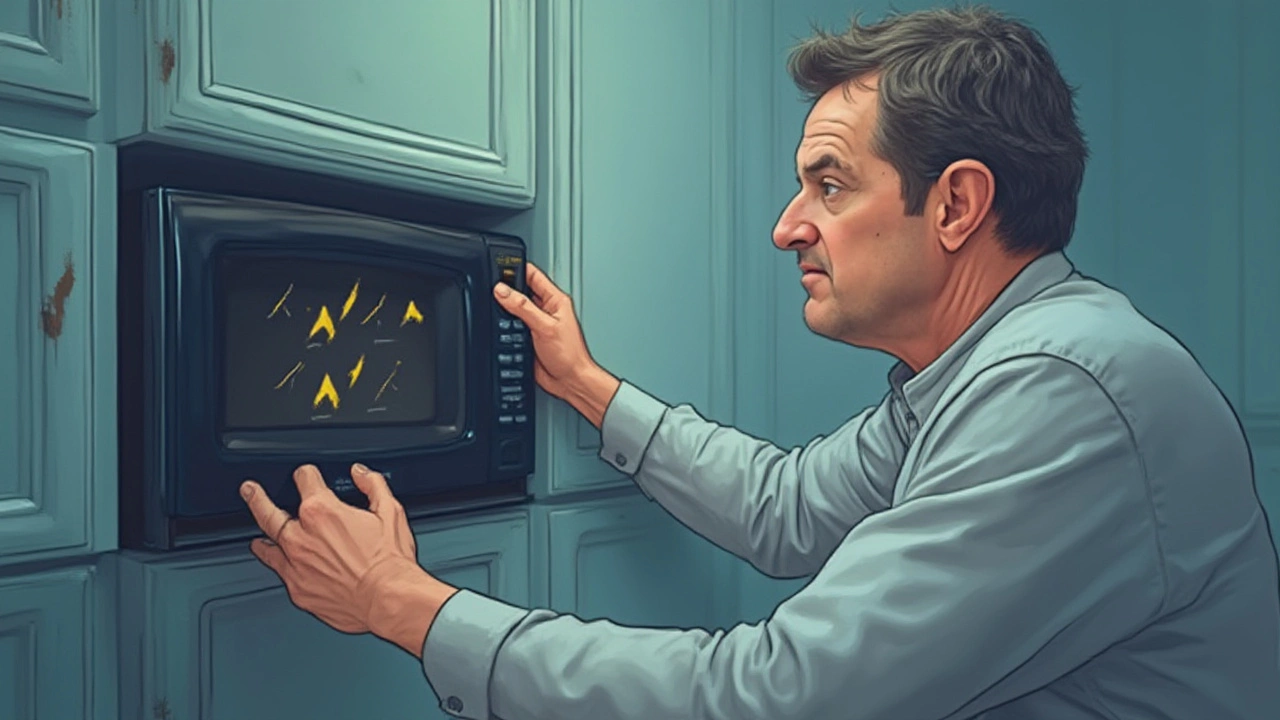
Signs Your Microwave Is Ready for Replacement
Your microwave probably won’t wave a white flag when it’s time for a new one—but you’ll notice some clear warning signs.
- It takes way longer to heat things up. You input two minutes for a mug of soup, but it comes out lukewarm. That’s the microwave lifespan winding down.
- Sparks, weird smells, or smoking from inside. Occasional sparks from a stray piece of foil aren’t alarming, but regular sparking means something’s wrong.
- Loud grinding, groaning, or humming noises. A healthy microwave shouldn’t sound like a car with a flat tyre.
- The door won’t latch, or it doesn’t align properly. This can mean the safety lockout is broken—a definite no-go for safe operation.
- The turntable won’t spin, or wobbles and gets stuck. Uneven heating is on the horizon.
- The light inside doesn’t work. Minor in itself, but if this is paired with poor heating, it’s time to shop around.
Sometimes, you’ll see burnt-out digital displays or stuck control buttons. If you have to punch the “Start” button three times for it to work, either a circuit or keyboard membrane is dying off. If any of these issues occur together—or if your microwave is already over the 10-year mark—it’s usually easier (and cheaper) to buy a new one than fix an aging, unreliable model.
Watch for bizarre issues like the appliance running with the door open, or not stopping when you hit cancel. These are rare, but dangerous, since they often mean the safety interlock is shot. Unplug immediately and call it quits before someone gets hurt.
Tips to Make Your Microwave Last Longer
There’s no magic way to double or triple a microwave’s lifespan, but some basic habits will keep it running longer and better. First, NEVER run it empty. Heating without anything to absorb the microwave energy will torch the magnetron much faster.
Next, wipe it out often. Stuck-on food splatters can absorb energy and cause arcing—tiny electrical sparks that eat away at the metal walls and paint. Use a damp sponge and a little dish soap to keep things clean, but make sure you dry the inside when you’re done.
Avoid slamming the door, and close it gently. The safety interlock switch is delicate, and rough handling will bring on early stickiness or metal fatigue. Also, stack only microwave-safe items inside—don’t try to heat metal pans, whole eggs, or anything hermetically sealed. These can spark or even explode.
If you notice condensation forming inside after steaming veggies or boiling water, crack the door open for a few minutes so it can air out. This keeps water from seeping into the electronics beneath. Once a month, check the microwave’s vent area for dust clogging or grease buildup; use a soft brush to clean the grille.
If your power supply is dodgy, or your area experiences frequent surges, plug the microwave into a surge-protected multi-strip. This protects the circuit board and control panel from sudden electrical shocks that wear chips and capacitors down.
Don’t overload the turntable. Check the user manual for the weight limit, since a massive family lasagna might strain the motor. If you’re reheating little things, place them evenly around the tray instead of just in the middle for better and more gentle heating.
Above all, handle it with respect. When microwaves break early, it’s often because someone pushed them beyond what they’re made for—heating up bits that belong on the hob, rushing the process, or treating them like they’re indestructible. A little care goes a surprisingly long way toward squeezing out the last good years.



